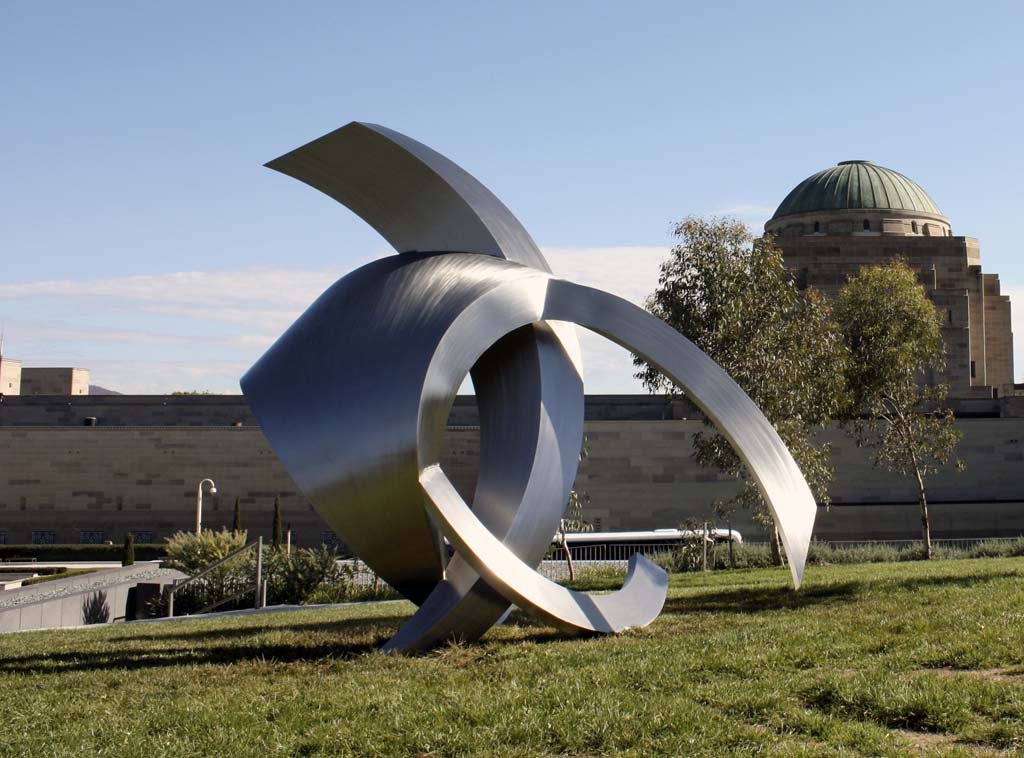Sculpture Fabrication: How Engineering Computations Shape Sculpture Design
06 October 2023
Know how engineering computations shape sculpture design in the sculpture fabrication process by JK Fasham. Merge artistry and precision. Call (03) 9547 5077.
For centuries, sculpture has been an integral part of human expression as it captures the imagination and emotions of viewers through its intricate forms and artistic beauty. While sculptors have traditionally relied on their artistic skills and craftsmanship, modern sculpture fabrication has advanced, integrating advanced engineering computations to push the boundaries of creativity and design.
Engineering has truly established itself as a vital factor in sculpture fabrication, ensuring sculptures will be built and designed optimally. Here are some ways engineering computations shape sculpture design in the modern world.
Merging Art and Science
The integration of engineering computations into sculpture fabrication marks a harmonious union of art and science. Sculptors today collaborate with engineers and fabricators to leverage cutting-edge technology, which leads to the creation of sculptures that were once deemed impossible to achieve. The incorporation of engineering principles allows for greater precision, efficiency, and structural integrity in the sculpting process.
Design Optimisation through Simulation
Engineers and fabricators use advanced simulation software to analyse and optimise sculpture designs. Finite element analysis and computational fluid dynamics simulations all help predict how materials will behave under different forces and environmental conditions. These simulations allow sculptors to make informed decisions about materials, dimensions, and overall design, making sure that the sculpture will be stable and last for a long time.
Digital Sculpting and 3D Modelling
Digital sculpting and 3D modelling have likewise revolutionised the way sculptures are conceived and crafted. Sculptors now use specialised software to generate intricate 3D models of their designs. These digital models allow for real-time adjustments and visualisations, providing valuable insights into the aesthetics and structural integrity of a sculpture. Additionally, 3D models serve as blueprints for the fabrication process, guiding the construction of intricate and complex sculptures with incredible accuracy.
Precise Machining and Fabrication
Engineering computations enable precise machining and fabrication techniques that transform raw materials into sculptural masterpieces. Computer numerical control machining and laser cutting technology allow for elaborate detailing and complex geometries that were once impossible through traditional sculpting methods. The precision provided by these techniques elevates the quality and intricacy of the final sculpture.
Sculpture Scale-Up and Scaling Down
Engineering computations can also help in scaling sculptures to different sizes. Whether creating a larger-than-life public installation or a miniature replica, engineers use computational algorithms to effectively preserve proportions, aesthetics, and structural integrity throughout the scaling process.
Material Selection
The choice of materials significantly impacts the appearance and durability of a sculpture. Engineering computations help in selecting materials that can withstand the elements and retain their visual appeal over time. This consideration is particularly vital for outdoor sculptures as they are often subjected to harsh weather conditions.
Fusing engineering computations and sculpture fabrication has revolutionised the world of art, enabling sculptors to realise their visionary creations with unparalleled precision and complexity. Embracing advanced technology and engineering principles allows sculptors to transcend the limits of traditional sculpting, producing awe-inspiring works of art.
Optimized by: Netwizard SEO


